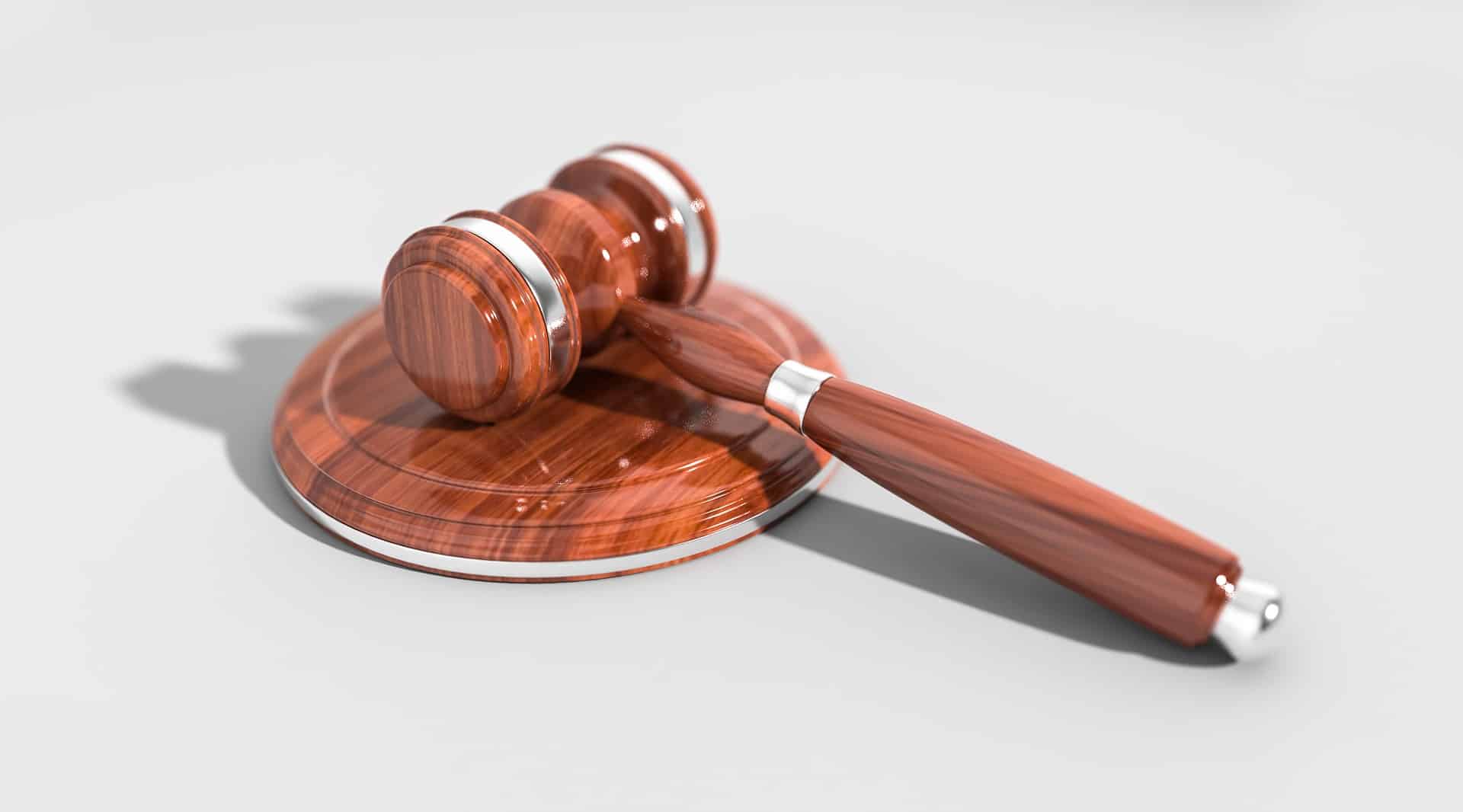Learn About the Dispute Resolution Process

Negotiating a home insurance claim can prove challenging. The value of an overall settlement after a house fire or flood can be in the hundreds of thousands of dollars, and there are many areas where you may disagree with the insurance adjuster.
For example, you may disagree with the insurance company’s evaluation of the extent of damage done to your or the insurance adjuster may believe that some portion of your incurred Additional Living Expenses are ineligible for reimbursement. You may also disagree on the value of the Personal Property that was damaged and now needs to be replaced under the terms of your policy.
Your home insurance policy is meant to help you recover and rebuild without having to pay out of pocket. If your overall settlement does not cover the full costs of recovery, there can be long-lasting financial impacts. An overall settlement should consider full coverage for repairing your home, replacing your belongings, and paying for expenses such as temporary shelter while your home is in an unlivable condition.
Dispute Resolution, or Appraisal as it’s known in Ontario, is the process for resolving disputes with your insurance company with regards to your home insurance claim. If your insurer has already elected dispute resolution, or if you are thinking about entering the Dispute Resolution process, Virani Law can help you with your claim.
We also help policyholders negotiate with their insurance providers with the aim of avoiding the Dispute Resolution process altogether. Resolving your insurance claim without having to resort to dispute resolution or formal take legal action will be faster and more cost-effective.
When should you take your claim to the Dispute Resolution process?
It may be time to move to Dispute Resolution when you and your adjuster reach a stalemate over:
- The extent of repairs needed for your home
- The adequacy of repairs already done on your home
- The value of personal property and contents that need to be replaced
One common example of a disagreement over repairs centers on an insurance provider’s responsibility to repair your home to its pre-loss condition. If a fire damaged two exterior walls on your home, the insurance company may claim they only need to replace the siding on those two walls. However, if half of your home has new siding and the other half is older, it could give your home a mismatched appearance and affect the property value. In this situation, dependant on a number of variables, you might be able to claim full replacement of the siding, even on the undamaged walls.
Another cause for dispute might be the quality of the repairs done on your home. Some insurance companies have a list of “preferred vendors” or contractors they rely on for quotes and repairs. If your home has been damaged, the insurance company will ask for quotes from several contractors and they often base their next step on the lowest bid. They may then opt to have that contractor perform the work, or they may offer to cash you out at that value, leaving you to find your own contractor to then do the work with the money they paid out. This system can lead to cut corners and/or inadequate work. If you feel that work done on your home is insufficient, it could lead to Dispute Resolution.
Finally, one of the biggest areas of dispute is the value of your personal property. There are generally two types of Personal Property / Content insurance: Guaranteed Replacement Value and Actual Cash Value. Guaranteed Replacement Value means the insurance company will pay a sum equal to the cost of replacing your lost personal property. Actual Cash Value means the insurer will provide a sum equal to the worth of your personal property accounting for depreciation.
Both types of insurance lend themselves to disagreements and contradictory interpretations. You may disagree with your insurance company over how they have calculated the depreciation of your personal contents, or you may differ on the true replacement costs of things like furniture, clothing, or artwork. You may also disagree over attempts to restore personal belongings, such as smoke-damaged clothes and linens. The money used for restoration efforts comes out of your coverage limits, so you can try negotiating for a cash settlement to replace belongings rather than accept the insurance company’s attempt to restore them.
The Dispute Resolution process is not used to determine potential fraudulence in the claim or to apply any punishments to the policyholder.
How does Dispute Resolution work?
The Dispute Resolution process is determined by provincial legislation. Each province has its own Insurance Act that outlines the specific details and procedures, but the basic process is similar, at least in Ontario, Alberta, and British Columbia. This article will outline some of the differences between Dispute Resolution in Ontario (where it is known as Appraisal), Alberta, and B.C. What follows is a step-by-step guide to the process, which can be started by the homeowner or the insurance company. If your insurance company starts the process, you will have to follow the responding process and its deadlines.
1) Complete Proof of Loss
You must complete all Proof of Loss forms required by your insurer, which will most likely include a “Final Proof of Loss” form. The form is available from the insurance adjuster.
2) Deliver (or receive) a demand letter.
This is a written letter indicating that one party is demanding to transfer the file to the Dispute Resolution or Appraisal process. The letter includes the demand, the identification of your representative/appraiser, and a request that the other party identify their representative within 7 days.
3) Select a Representative
In British Columbia and Alberta, the policyholder cannot represent themselves, nor can the insurance provider represent itself or have an employee represent them. There are no such restrictions in Ontario.
Most homeowners will select an insurance lawyer or independent insurance adjuster as their representative.
After a demand letter is delivered, the other party has 7 days to select a representative. If the responding party does not meet the deadline, the next step will be dependent on the Province the home is situated in:
- In Ontario, you may apply to the Superior Court of Justice, which will appoint an appraiser for the insurance provider.
- In Alberta, apply to the Court of Queen’s Bench and on 2 days’ notice, they will appoint a representative.
- In British Columbia, apply to the Supreme Court on 2 days’ notice and they will appoint a representative.
3) Representatives Select an Umpire
The two representatives/appraisers then have 15 days to select an umpire. Umpires are usually people with experience in insurance negotiations, construction, and/or the law. They must be an impartial party whom both representatives have agreed on.
In the event that the two representatives cannot agree on an umpire, or if the umpire is incapable of acting, the Province can step in. In Ontario, the Supreme Court of Justice will appoint an umpire. In British Columbia, you must apply to the Superintendent of Financial Institutions on notice. Notice includes a copy of the names of the umpires you are recommending as well as their credentials. The Superintendent will appoint an umpire. The process is similar in Alberta, but you must apply to the Superintendent of Insurance.
4) Representatives Negotiate Each Issue
The two representatives will then meet to identify the issues that led to the dispute. They will negotiate each issue individually in the hope of achieving a mutually-acceptable compromise. Often, having new voices at the table, even when they are considering the same issues you have disagreed on in the past can resolve an impasse.
5) Unresolved Issues Are Submitted to the Umpire
Representatives may not find an acceptable compromise to each issue. When this is the case, representatives will submit these issues to the umpire. The umpire conducts a mediation-like session, which may be very succinct, or might require multiple days of procedure depending on the issues left unsettled. Both representatives and the umpire will put forth decisions on each issue, and wherever two of the three agree, the decision becomes final.
6) The Written Determination
The final decisions will be released in a Written Determination, known in Ontario as the Award Document. This document will lay out what the insurance company must award you. You will finally have your insurance settlement and know the full amount of money available to help your family recover. It can be a weight off your shoulders to finally receive the Written Determination because even if the decision isn’t entirely what you thought you were entitled to, it is at least final and you can begin implementing the steps to your recovery.
Who pays for Dispute Resolution?
The Dispute Resolution process is paid in part by you. In addition to paying for the costs of your representative, you and the insurance company will split the costs of the umpire. This cost-splitting system is the same in Alberta, B.C., and Ontario.
The end result of Dispute Resolution.
Once you move to Dispute Resolution, the results are binding. You and the insurance company must abide by the decisions in the Written Determination (or Award Document), and, generally speaking, you won’t be able to appeal the decision. There are some narrow grounds for appeal, but you won’t be able to appeal simply because you are unhappy with the result. You’ll have to consider this carefully before you move to Dispute Resolution. There may also be additional costs involved if deadlines are missed and the courts become involved in the process.
You don’t have to wait for your insurance settlement claim to reach an impasse before hiring a lawyer to represent your interests. You can call us to learn more about negotiating with your insurance provider at any stage. Avoiding the Dispute Resolution process can save time and money.
Your family deserves a fair insurance settlement after a disaster has affected your home. We combine knowledge of the law and home insurance to negotiate your settlement, and we only resort to the Dispute Resolution process as a last resort. Contact us when you need help with your home insurance claim, and we can arrange a free consultation.



